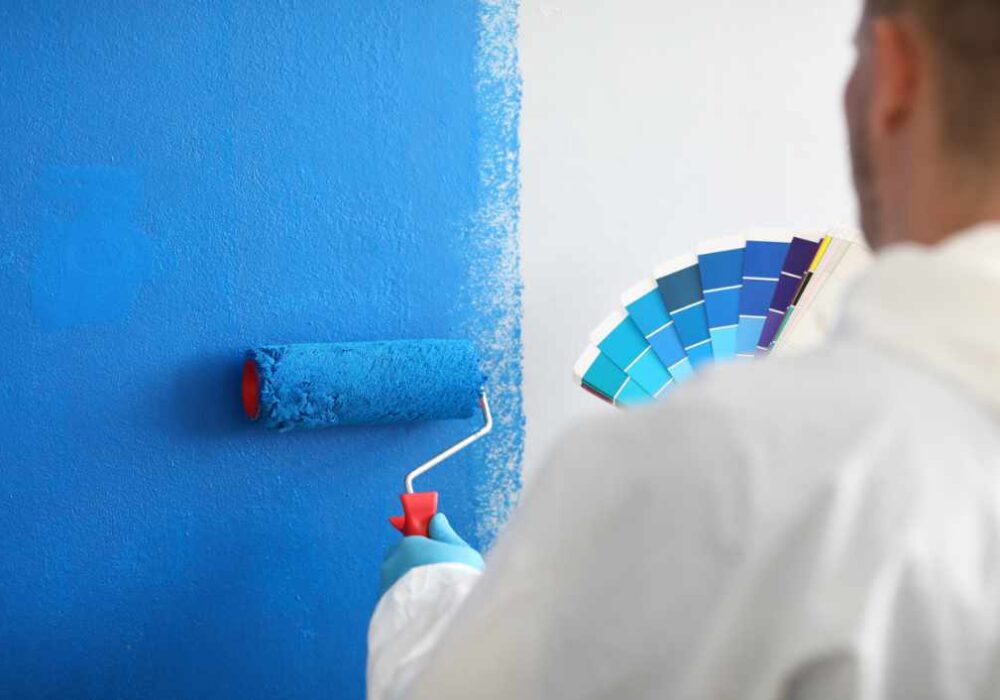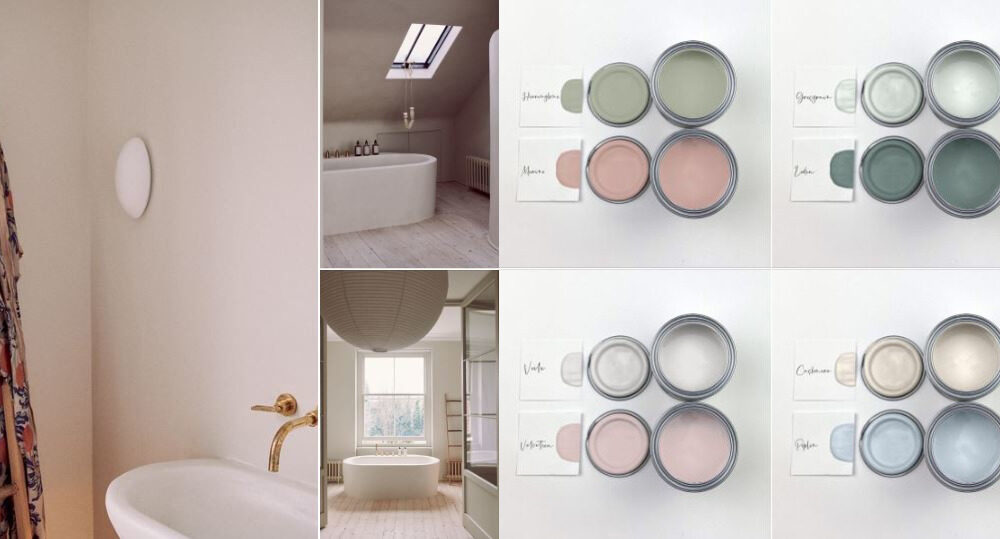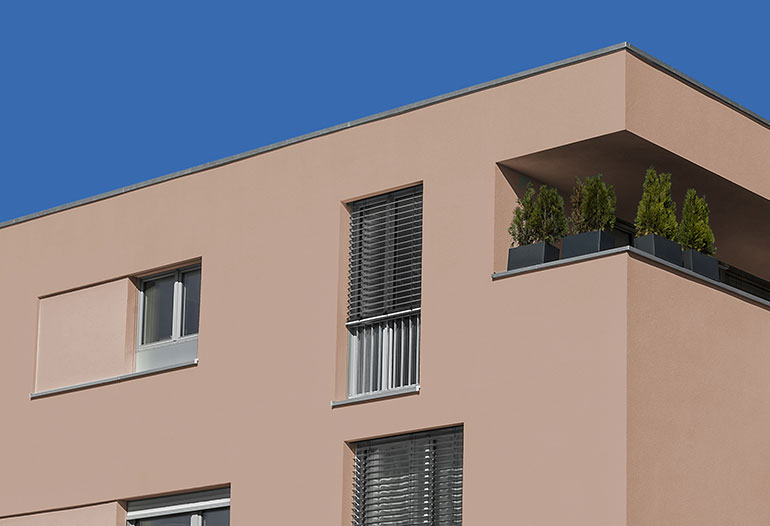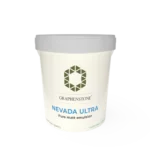Are you standing in the paint aisle, overwhelmed by the endless choices and unsure what…
PLASTIC RAIN FROM SPRAYED ACRYLIC PAINTS
Plastic rain is now falling across the globe, sourced in part from sprayed acrylic & vinyl paints https://www.science.org/doi/10.1126/science.aaz5819 This highlights another critical environmental issue, which calls for an urgent response from the coatings industry worldwide. Here’s what they discovered;
Eleven billion metric tons of plastic are projected to accumulate in the environment by 2025. Because plastics are persistent, they fragment into pieces that are susceptible to wind entrainment.
Deposition rates averaged 132 plastics per square meter per day, which amounts to >1000 metric tons of plastic deposition to western U.S. protected lands annually (tests conducted over approx 6 to 7% only, of US land mass). This new research comes with another troubling surprise: 30 percent of the sample particles were microbeads, tiny synthetic spheres that the United States banned from beauty products in 2015. The microbeads in the samples, though, were generally smaller than the ones you’d find in those products. “We did see a lot of brightly-colored microbeads, in all colors of the rainbow, and some of those we identified as acrylic,” says Brahney.
… that leads the researchers to speculate that the microbeads are coming from industrial paints and coatings. If these are sprayed, they could easily spew the microbeads into the atmosphere, where they’d be picked up by winds and carried afar. If that’s indeed the case, the paint industry may be in for the same kind of microbead reckoning that sullied the beauty industry. Still, if one country bans microbeads in paints, the stuff could well blow in from a neighboring country. Other research published last month by Steve Allen and his spouse Deonie Allen, also a microplastic researcher University of Strathclyde, found that the oceans are burping up microplastic particles, which then float onshore on sea breezes. Previously, it was believed that when microplastics flowed into the sea via wastewater, they’d stay there. So it may also turn out that microplastics landing on soil are also not staying put. “It may not be static,” says Deonie Allen. “It’s not going to just sit. Some of it ends up going down through our water table, some of it moves because of erosion, or gets rereleased back into the atmosphere.”







This Post Has 0 Comments